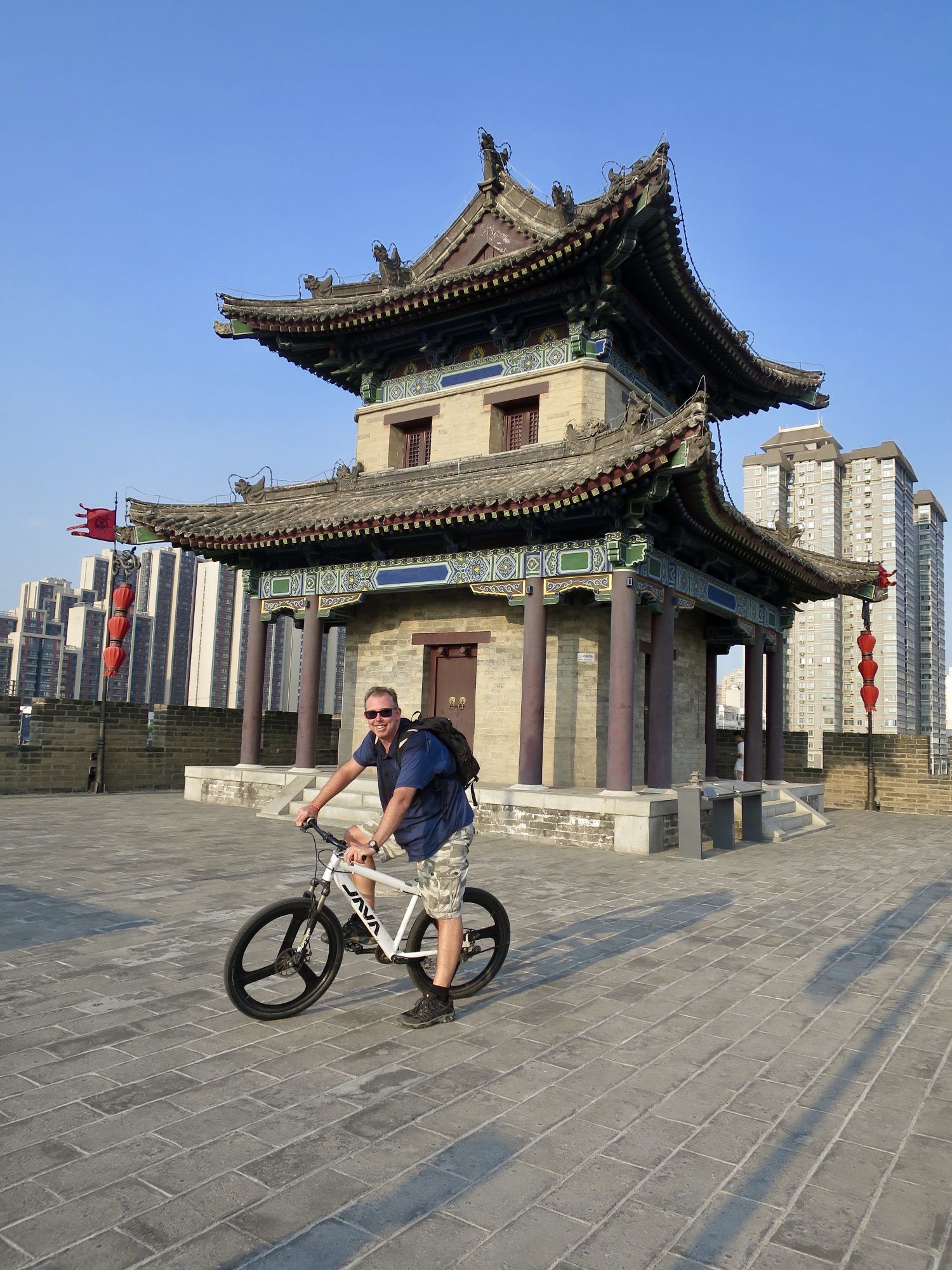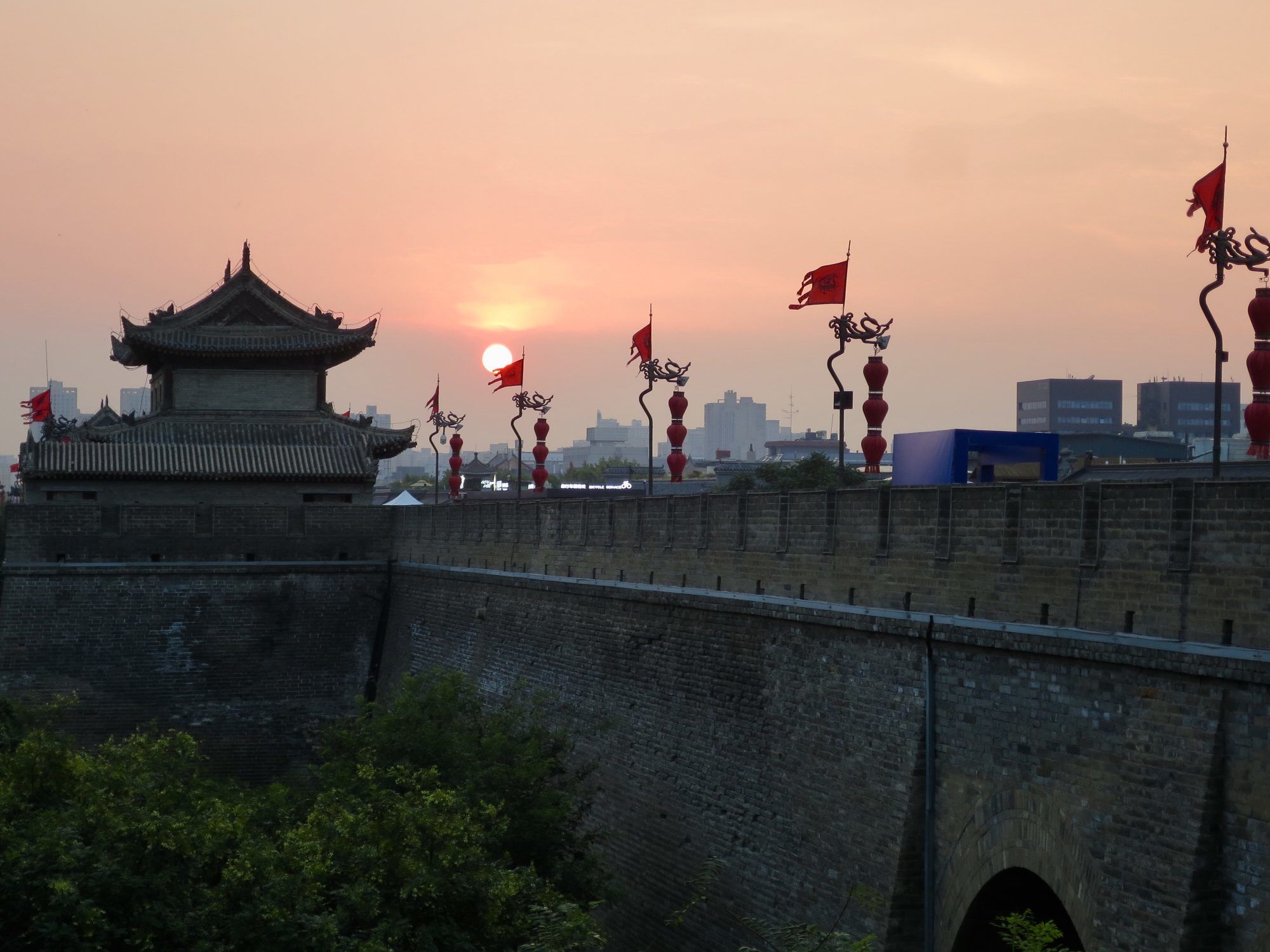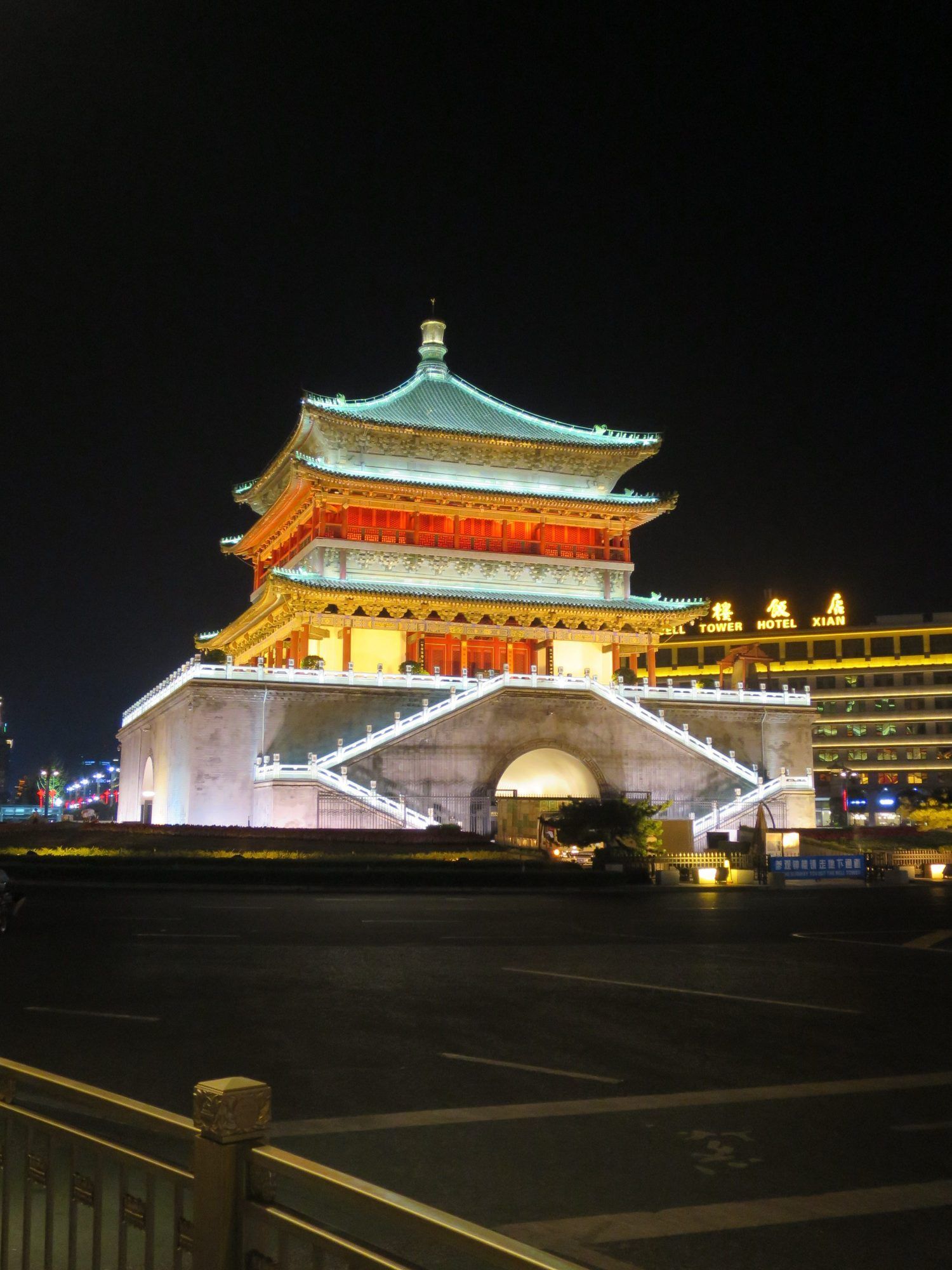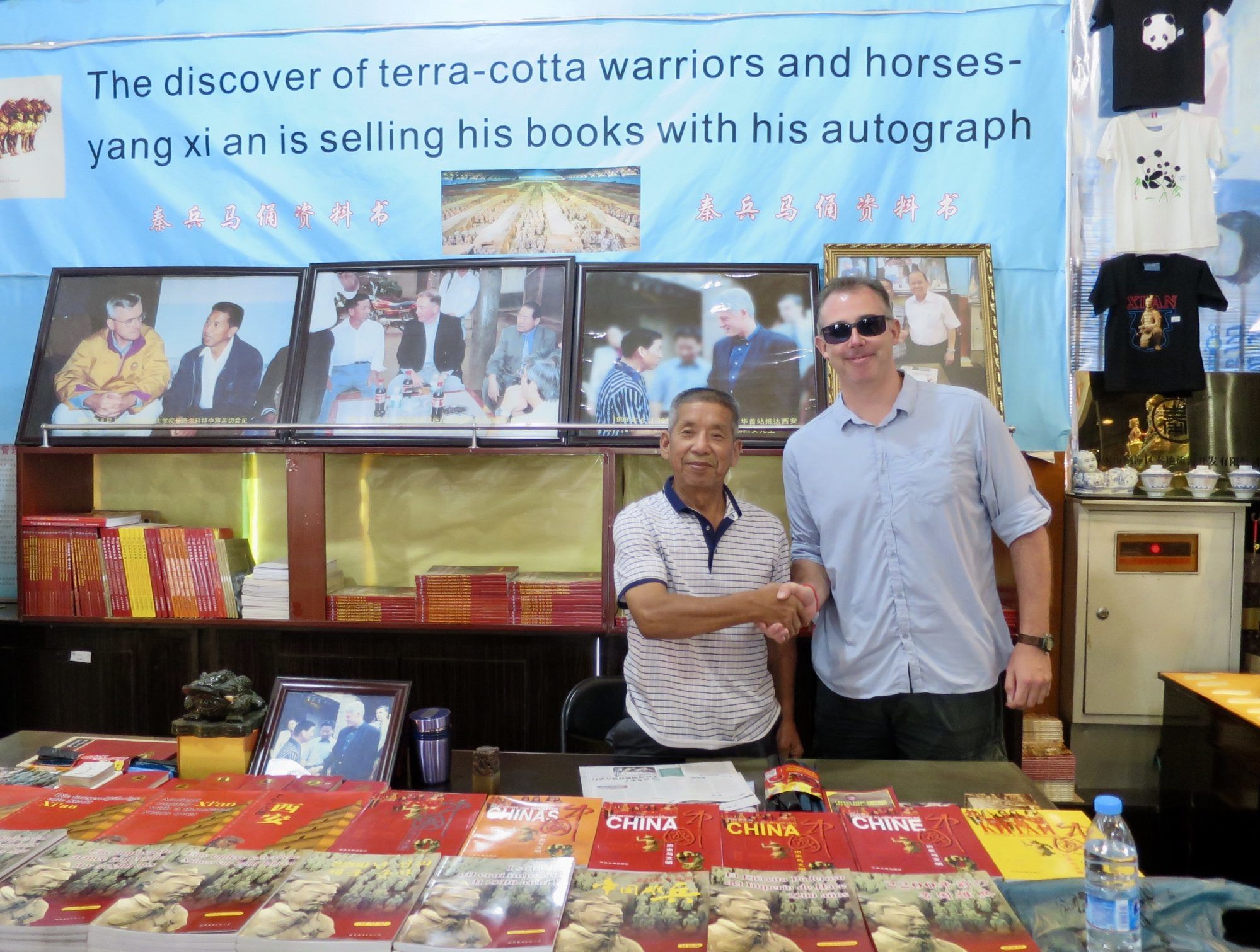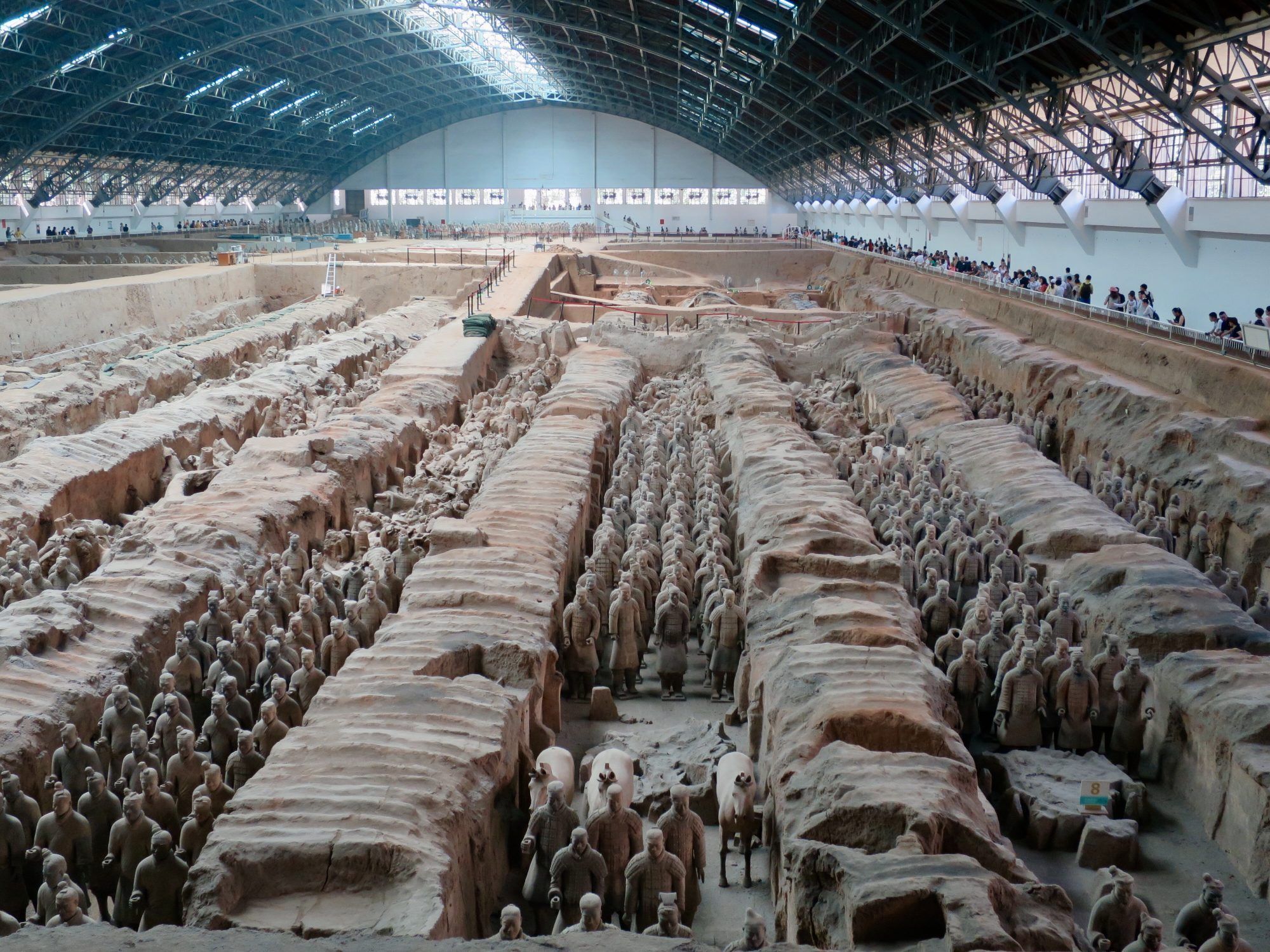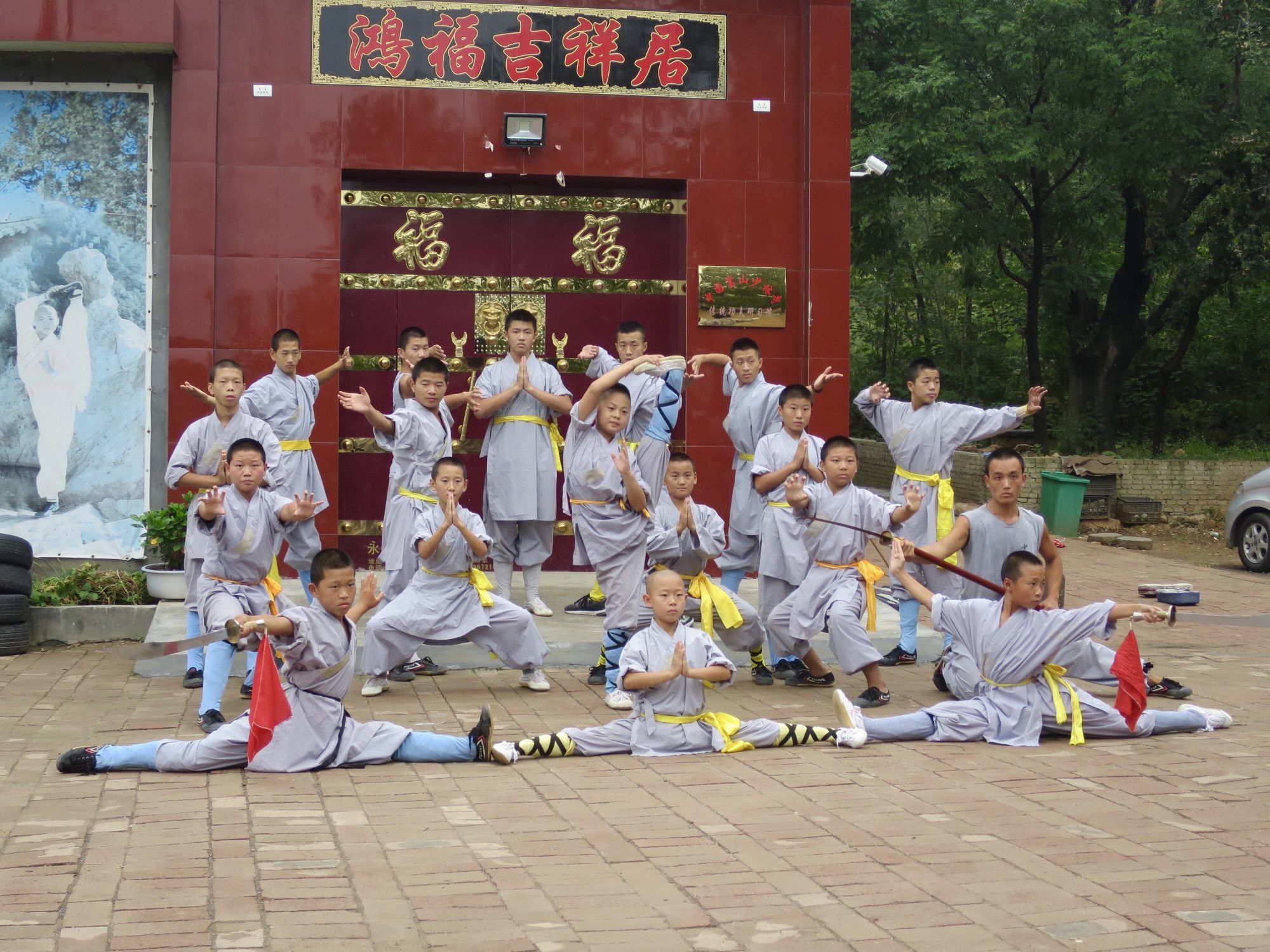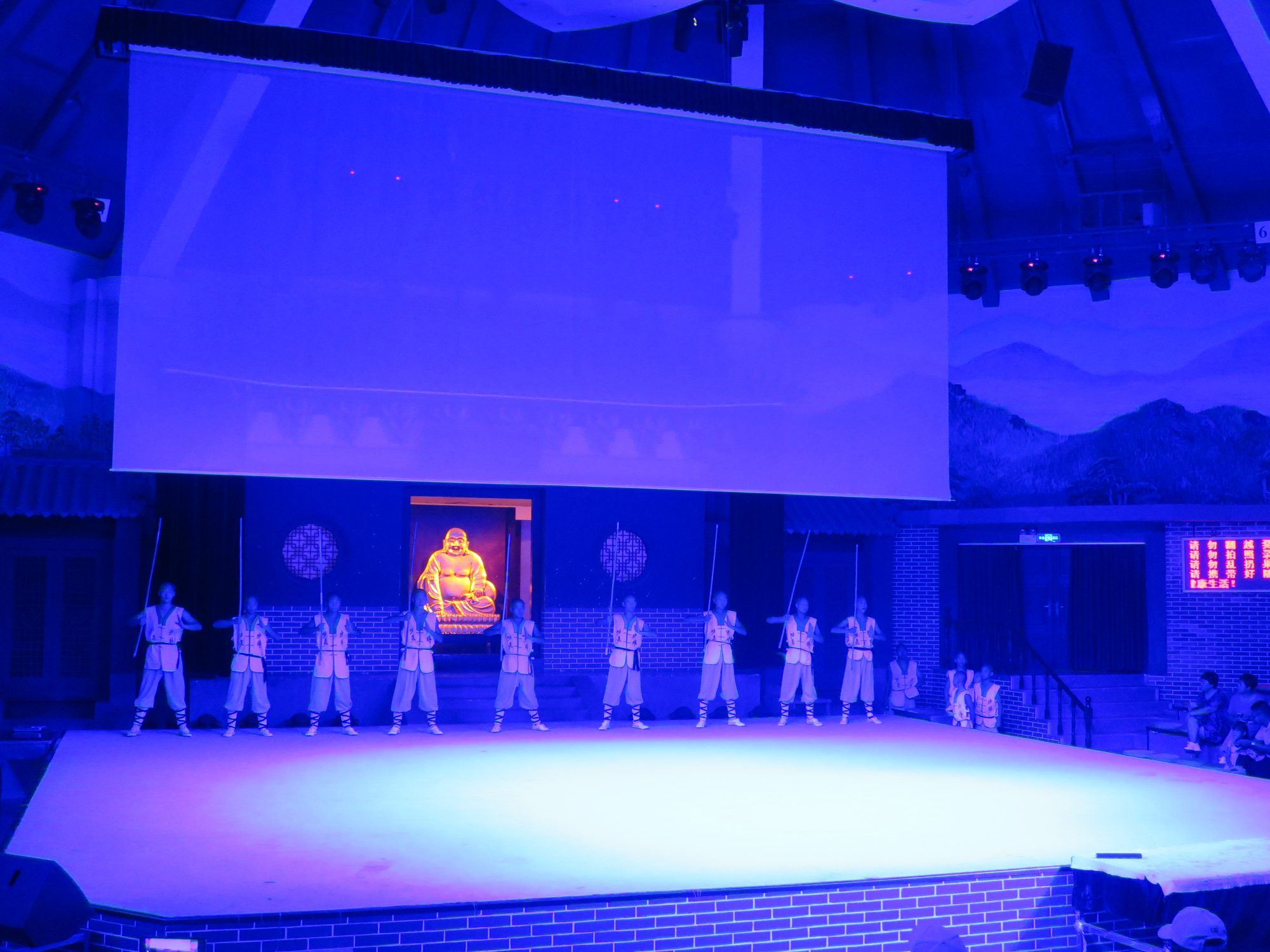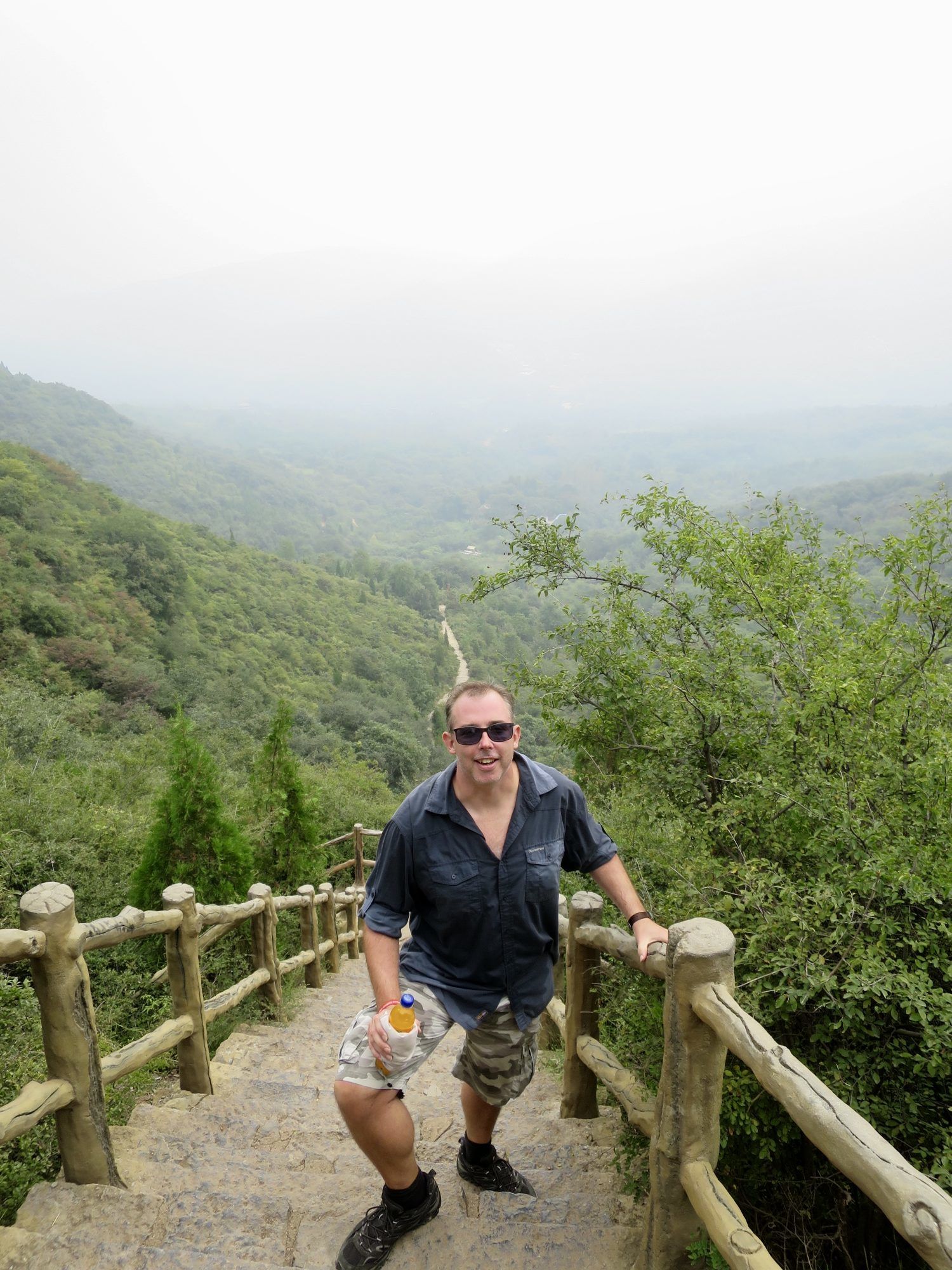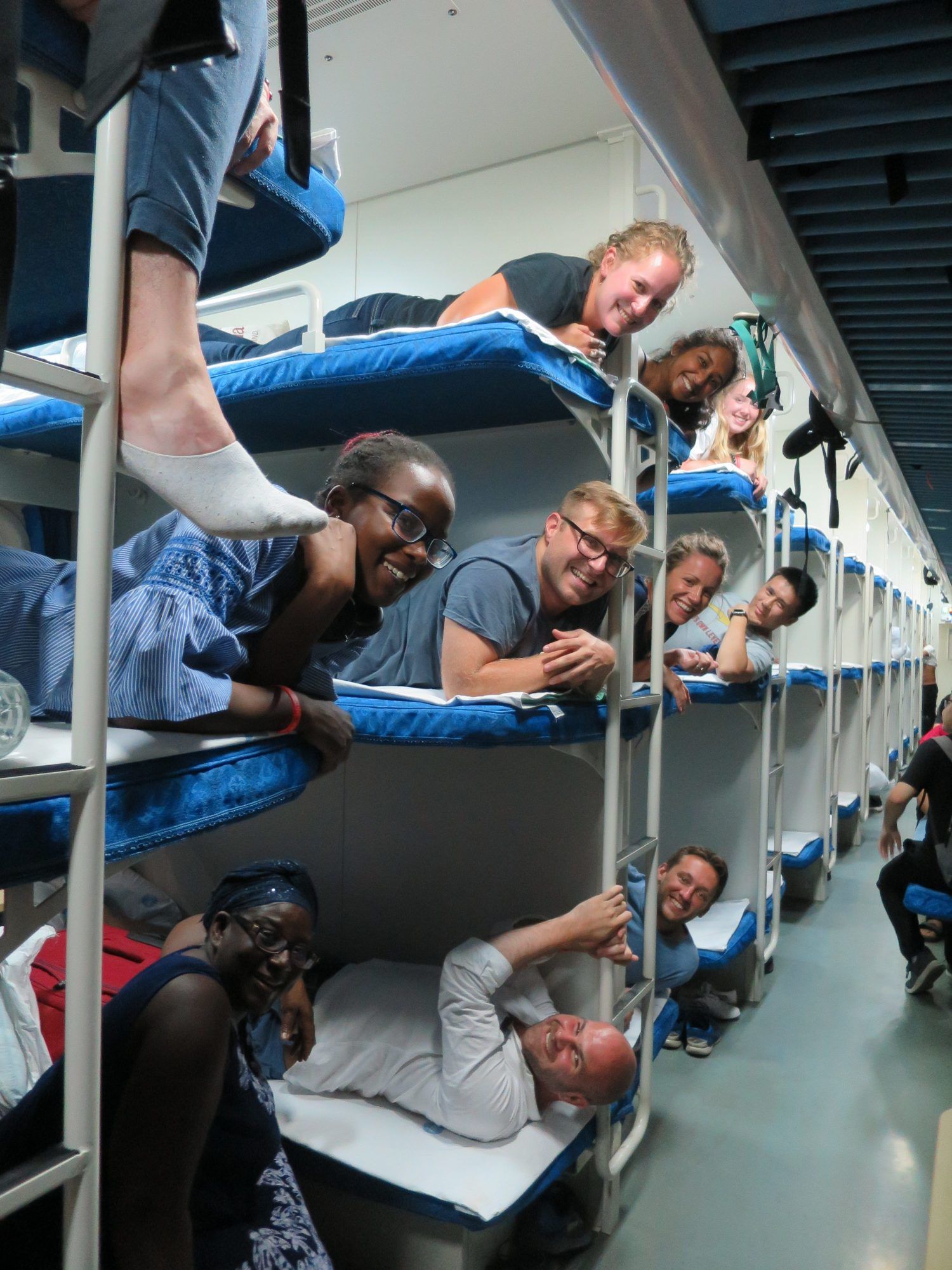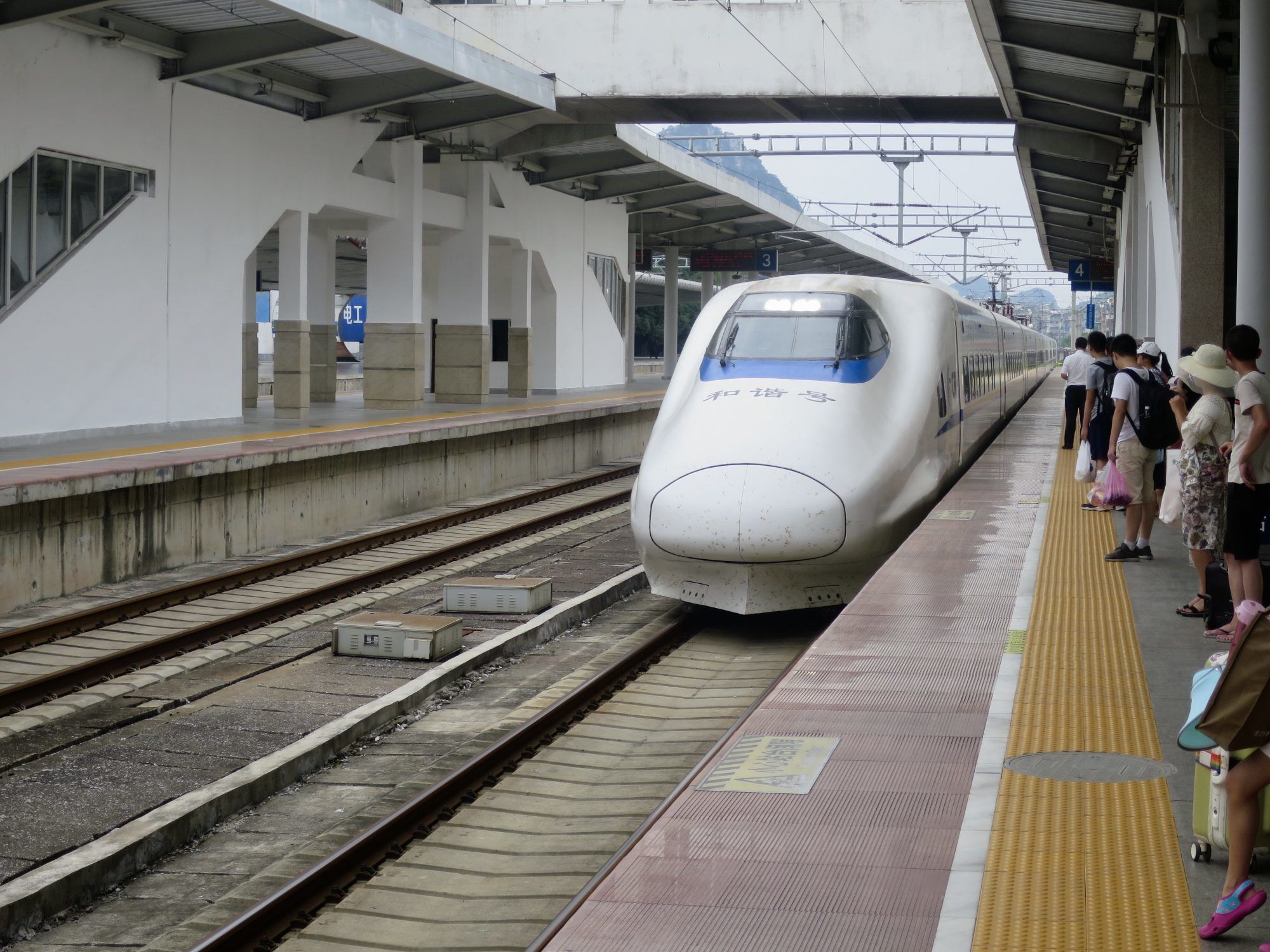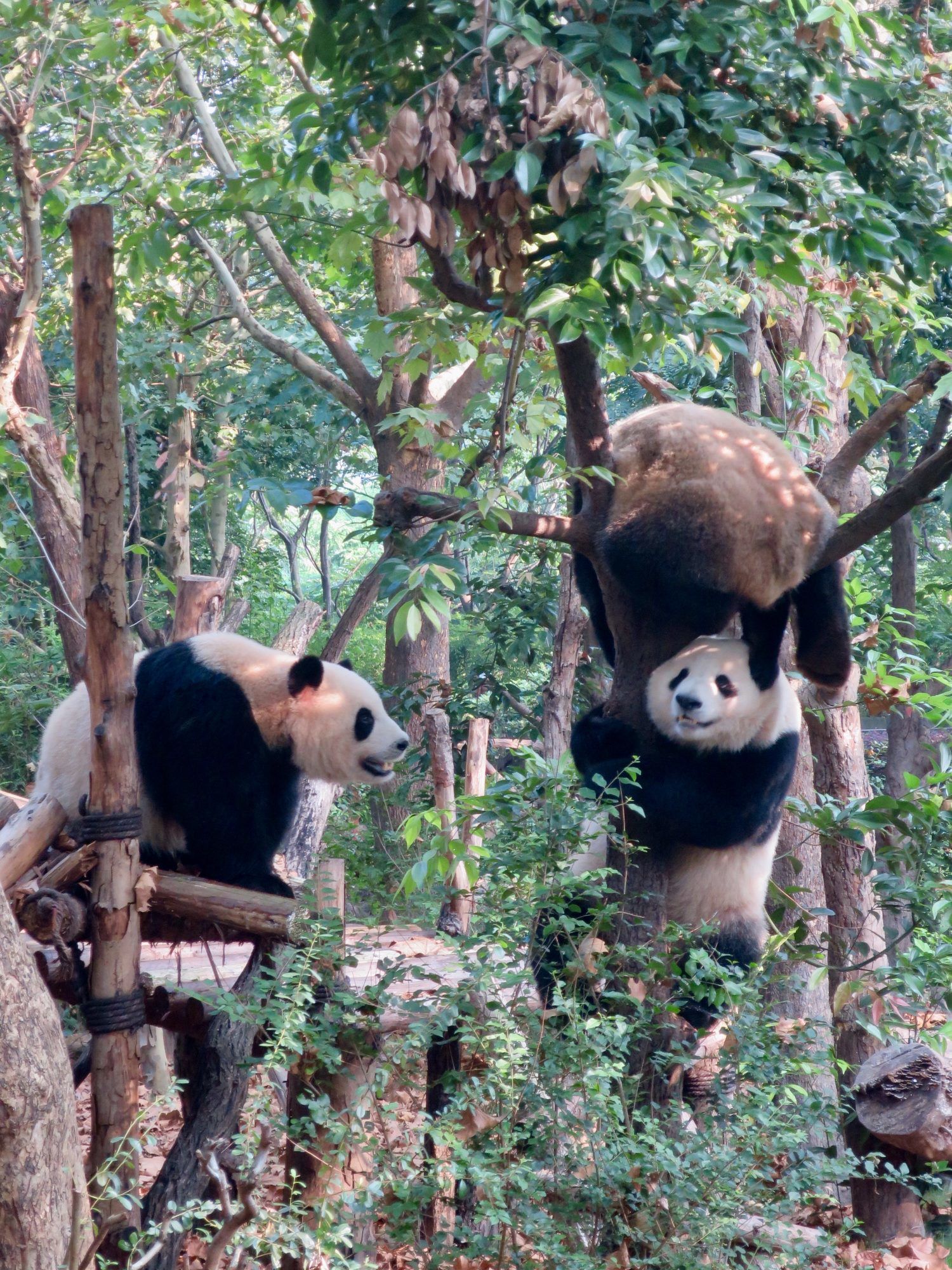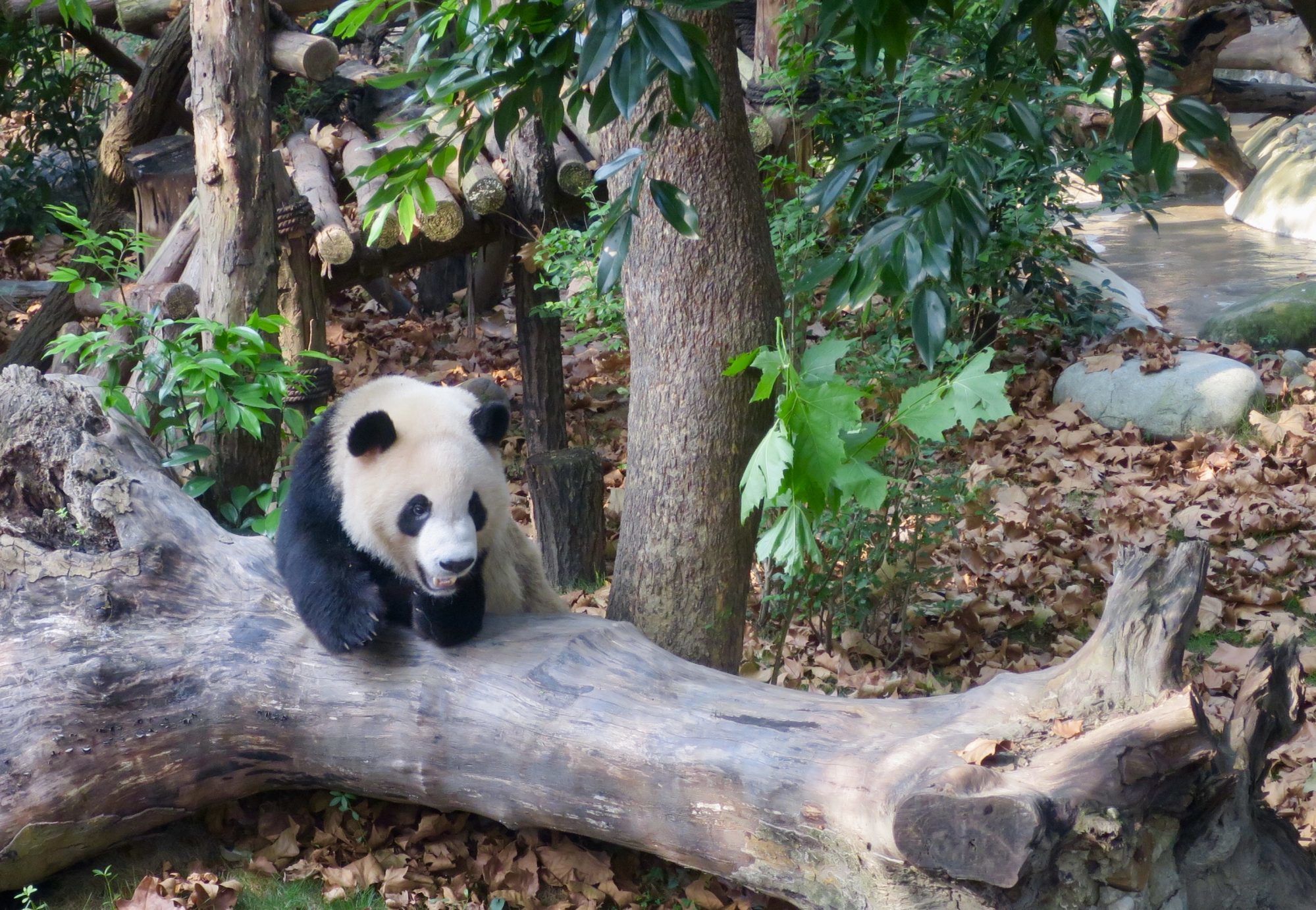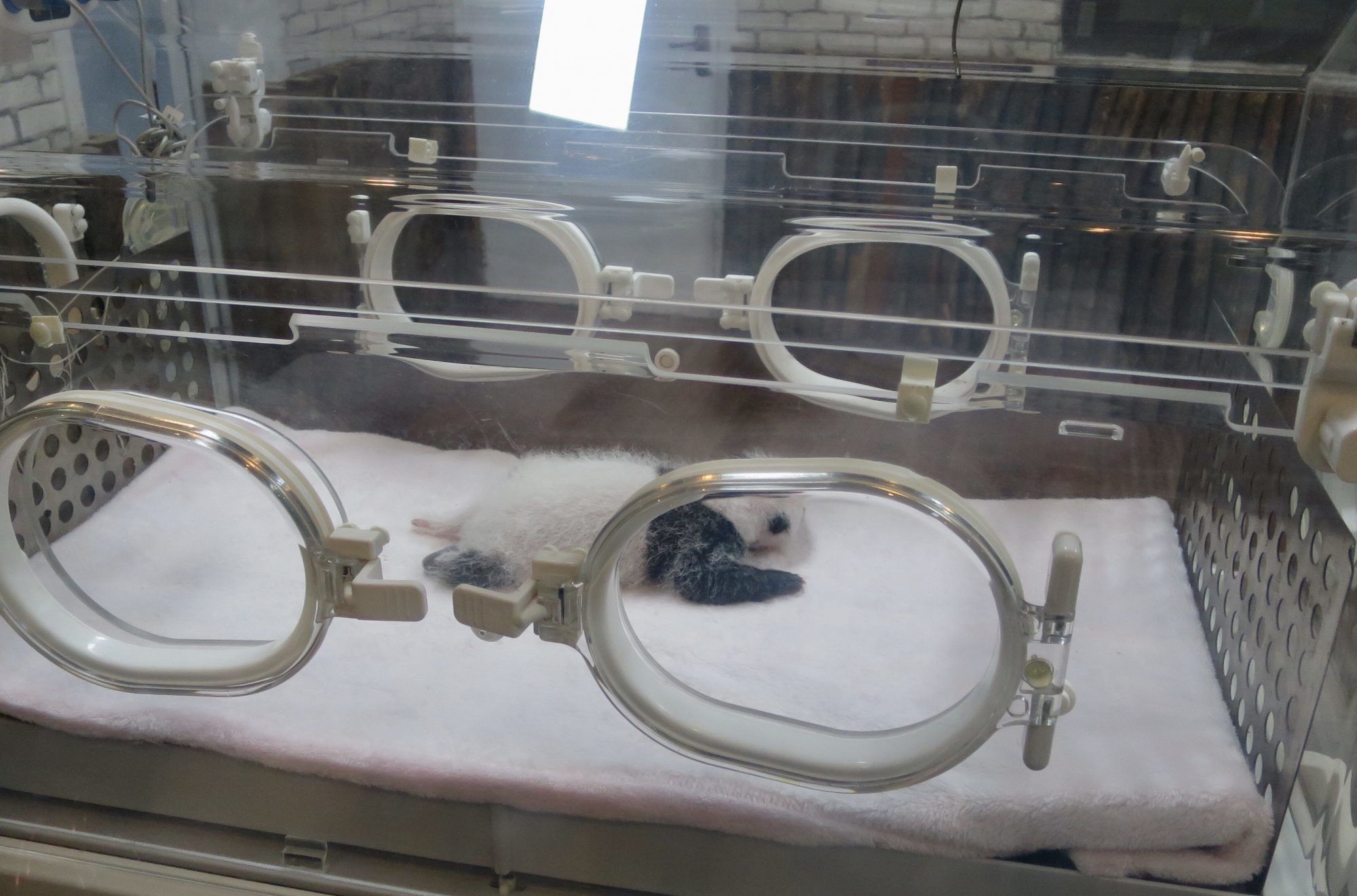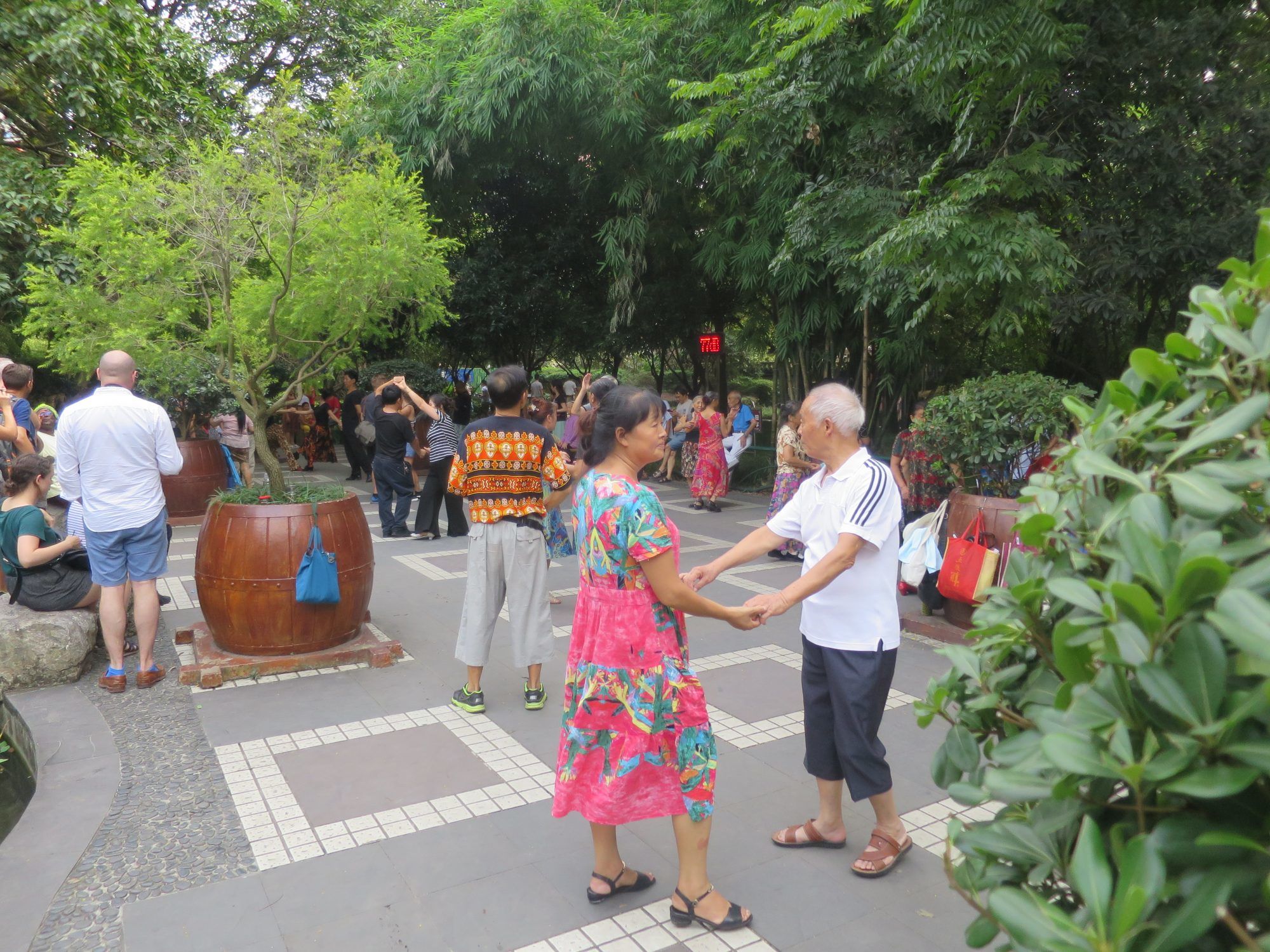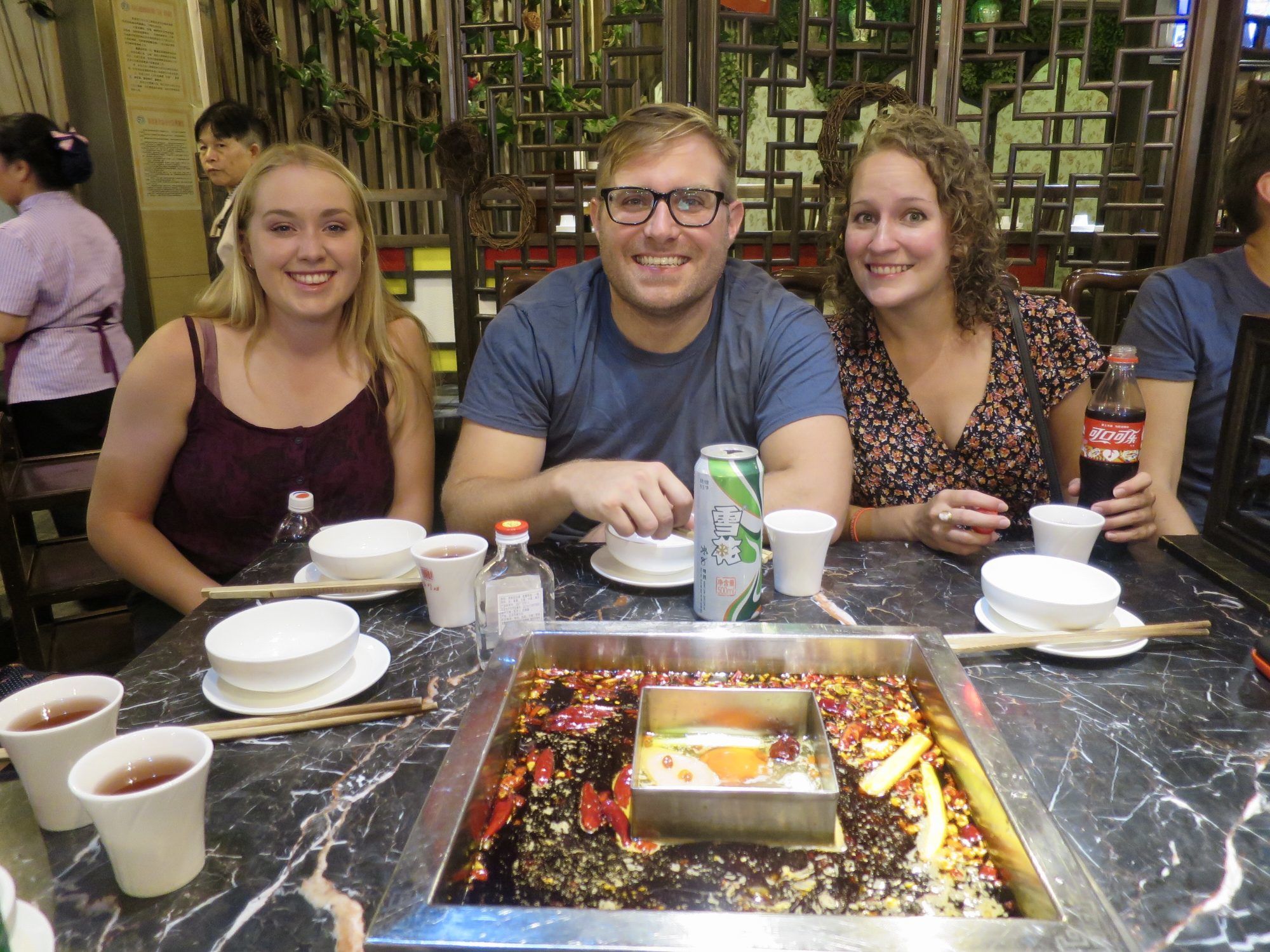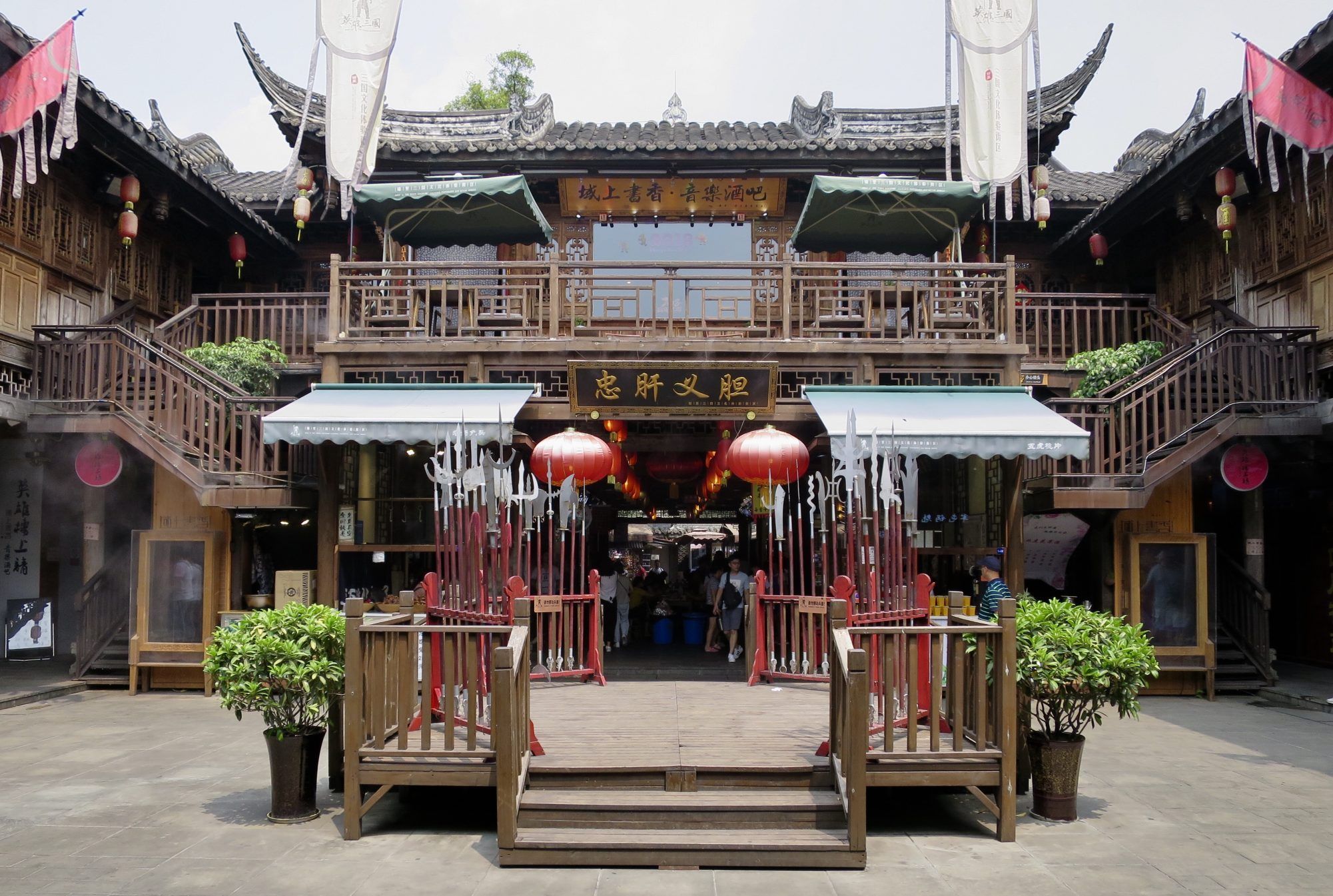Arriving early in Beijing, we navigated the station to find a decent bathroom in order to have a quick wash and freshen up after the night train before we met our new guide, Suzy. A few minutes walk outside the station, past all the new army recruits, we boarded a private bus that took us to the hostel where we were able to drop our bags off and re-pack. We weren’t able to check into the hostel as we weren’t staying the night because later that day we were heading off for a night of camping next to an unrestored section of The Great Wall of China.
The bus picked us up and we drove for about an hour or so outside of Beijing and stopped at a local farm for lunch where we stocked up on cold beer, drinks and collected our camping equipment, ready for the small, hour-long hike. It was quite gentle compared to the Moon Palace or the Dharma cave hikes. I was expecting it to be much harder going, but the long grasses and tree branches made it necessary to wear long trousers. It felt strange wearing long trousers again; the last time I wore them was in the Sahara Desert. About half way up a clearing revealed the view over what we had just trekked through.
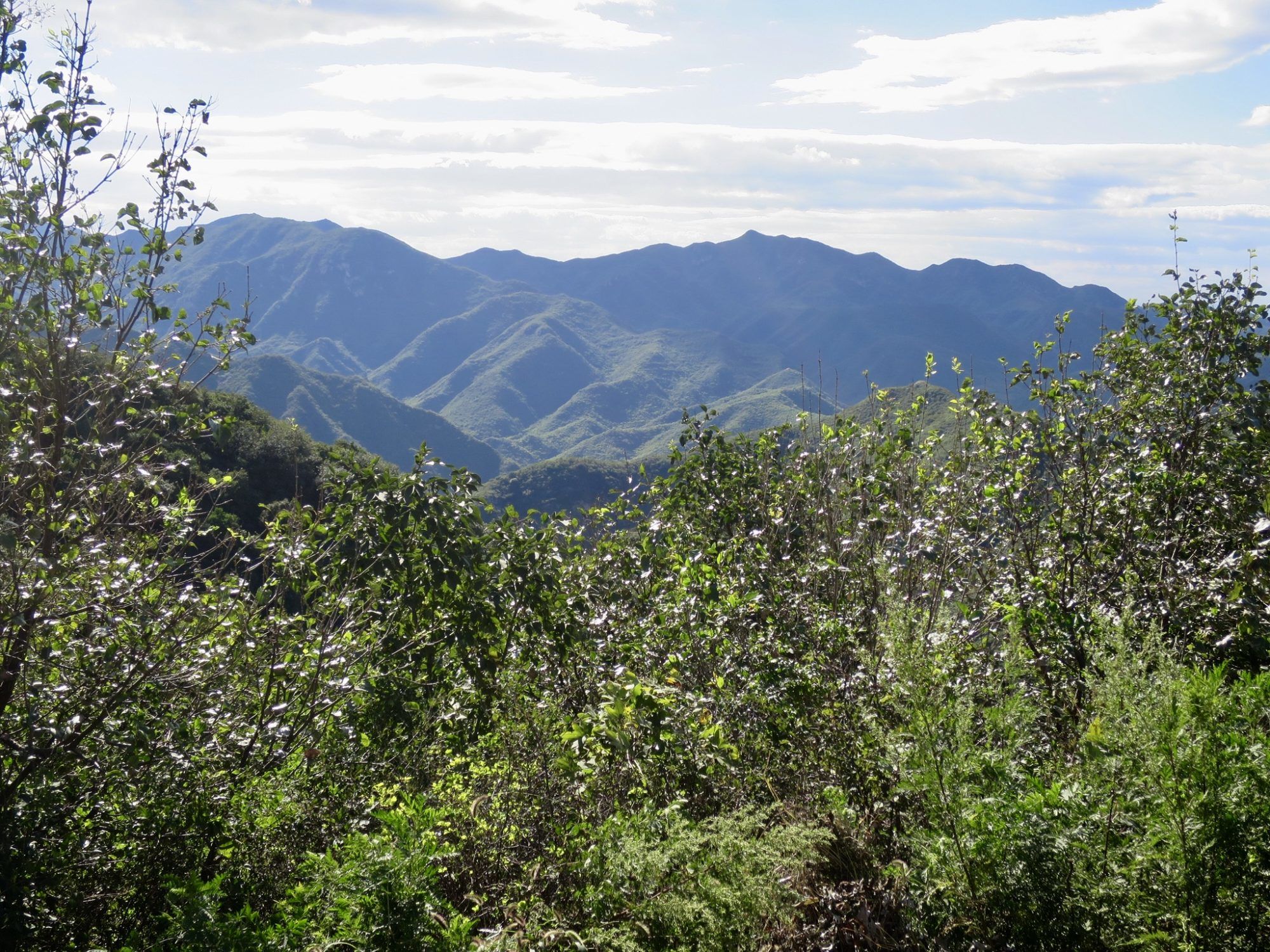
I couldn’t believe how lush and green it was or how many mountains I could see or how high they were. The path was quite steep in places and I know we were carrying a daypack and lightweight camping equipment, but it certainly makes you think how hard it must have been several thousand years ago when they were building the wall, having to carry all the stones up this path.
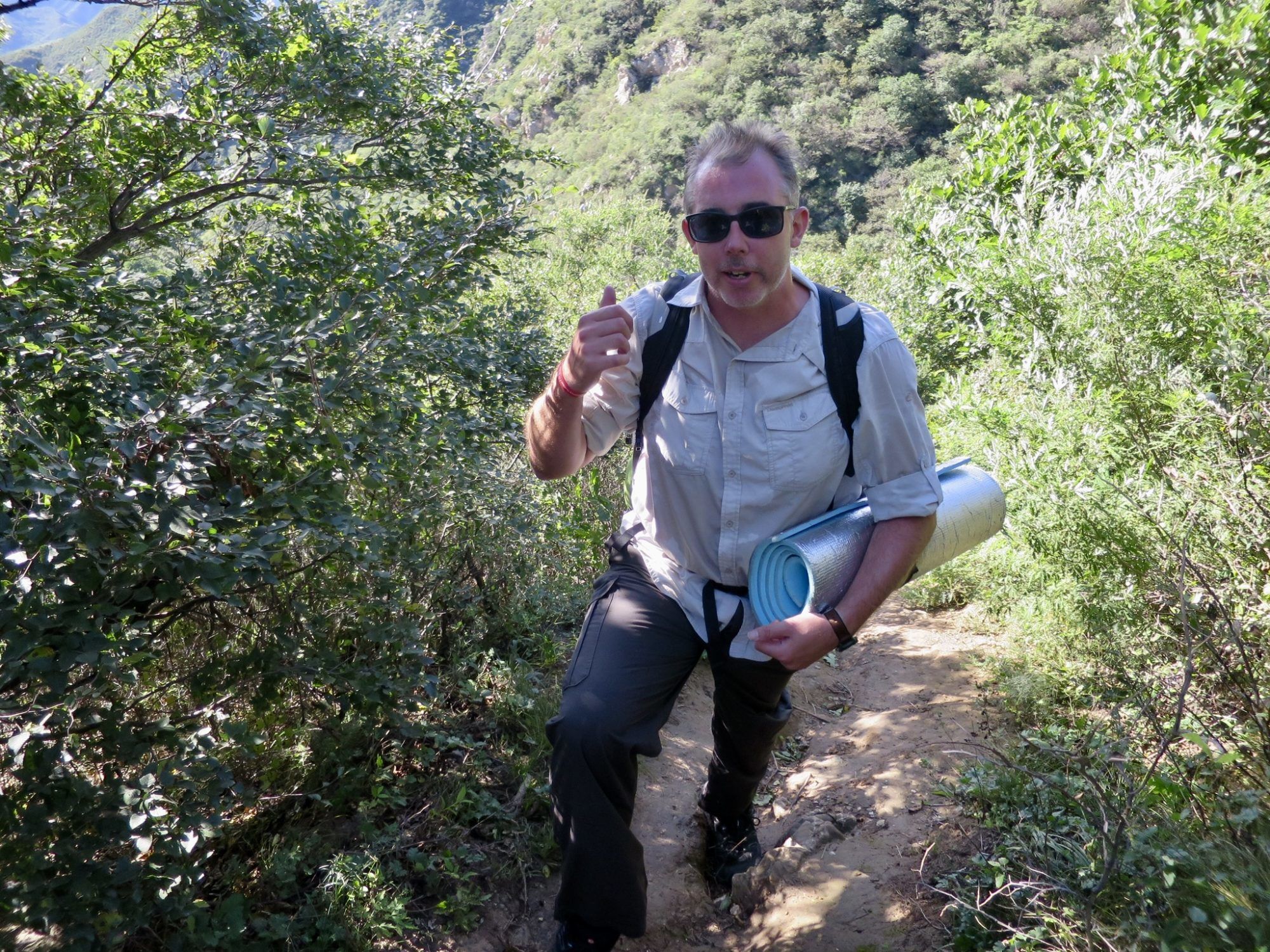
It wasn’t long before we reached the top, a little terraced clearing next to the wall, very similar to the terraces on The Inca Trail. The wall itself at this point really didn’t look all that spectacular, quite a let down if am being honest. It was still about eight foot tall and made of big blocks, some cracked and crumbling, others intact. But then you look to the left and look to the right and it stretches as far as the eye can see, over the top of the mountains and beyond, with little turrets and gatehouses along the way.
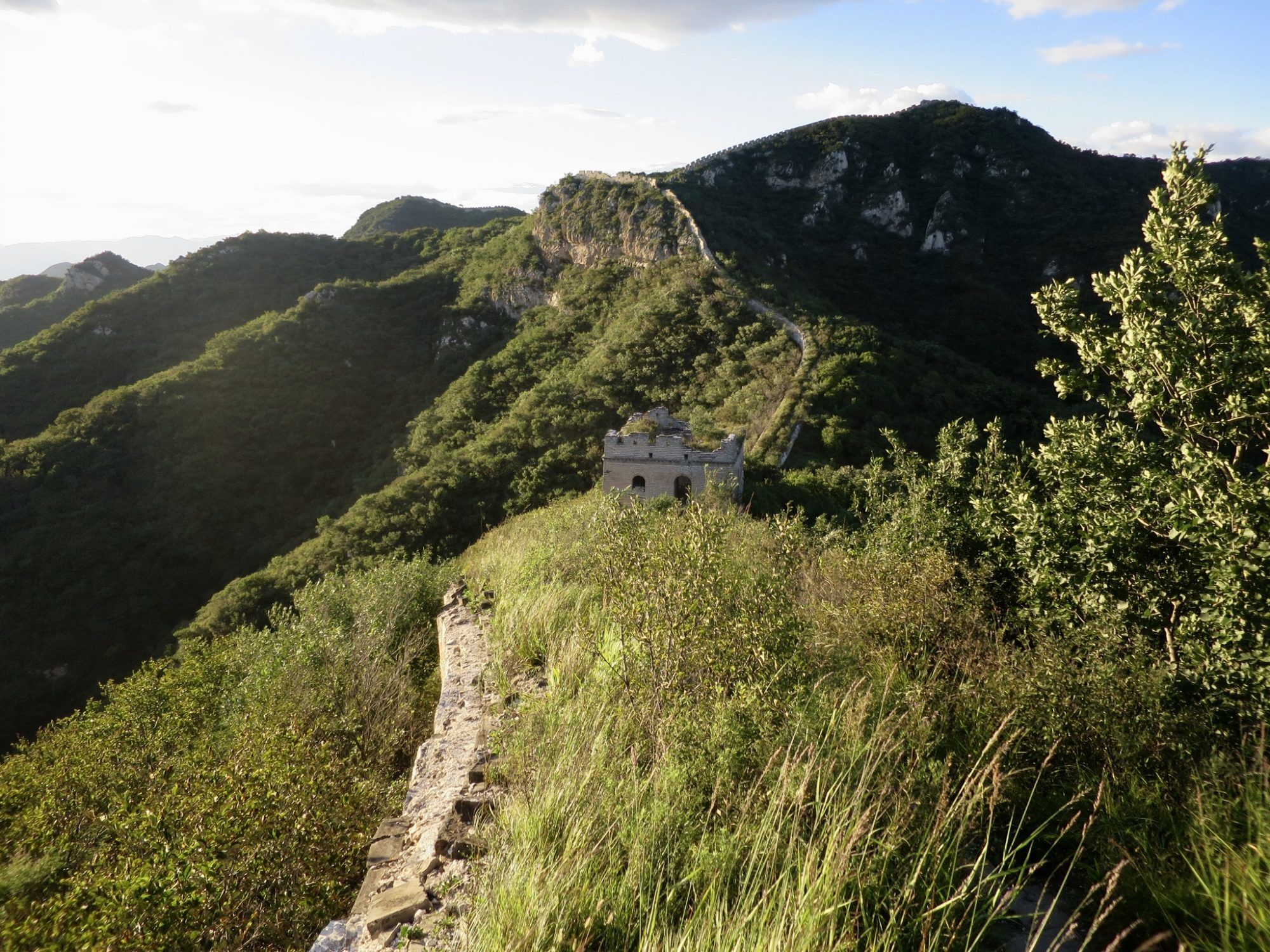
The first thing we did, was set up the tents and then search for firewood in the woods which have now taken over most of the land by the wall.
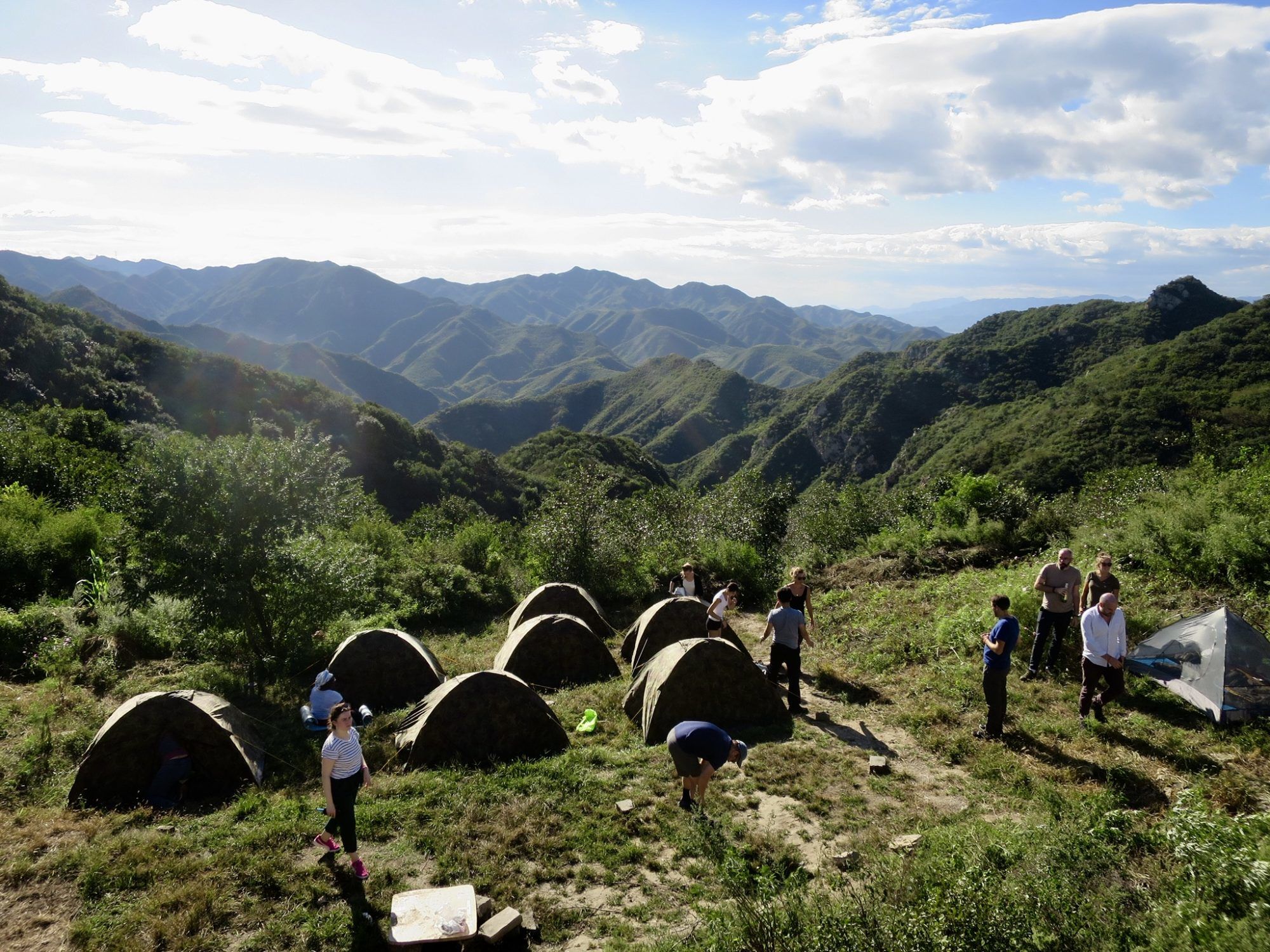
We had to do this before it go too dark. Once that was done, there was time to go and explore the wall itself. Scrambled up to the nearest gatehouse which had several arches and no roof. The wind was surprisingly fierce up here and there was little shelter from the wind even in the gatehouses. At one point I was nearly blown off the wall and lost in the trees, but fortunately was able to maintain hold. The sun was getting low in the sky now, so decided to stay on the wall and watch it set and the colours changing across the hills and in the sky. It was something else and an experience not to be missed.
The fire was roaring by now and the beers flowing but by 20:30 the temperature had dropped dramatically and it’s such a long time since I felt cold like that, I had forgotten what it was like. Everyone decided to turn in for an early night and seek shelter in the tents as there was an early start planned again, this time to watch the sun rise at 05:30. It was a pretty restless night in a flapping tent which was more of a festival, ‘Argos special’, rather than a Northface expedition tent, but it did the job. I would hate to have been in that if it were raining. After little sleep, we woke up in time to see the sun peek above the mountains and feel the warmth hit us.
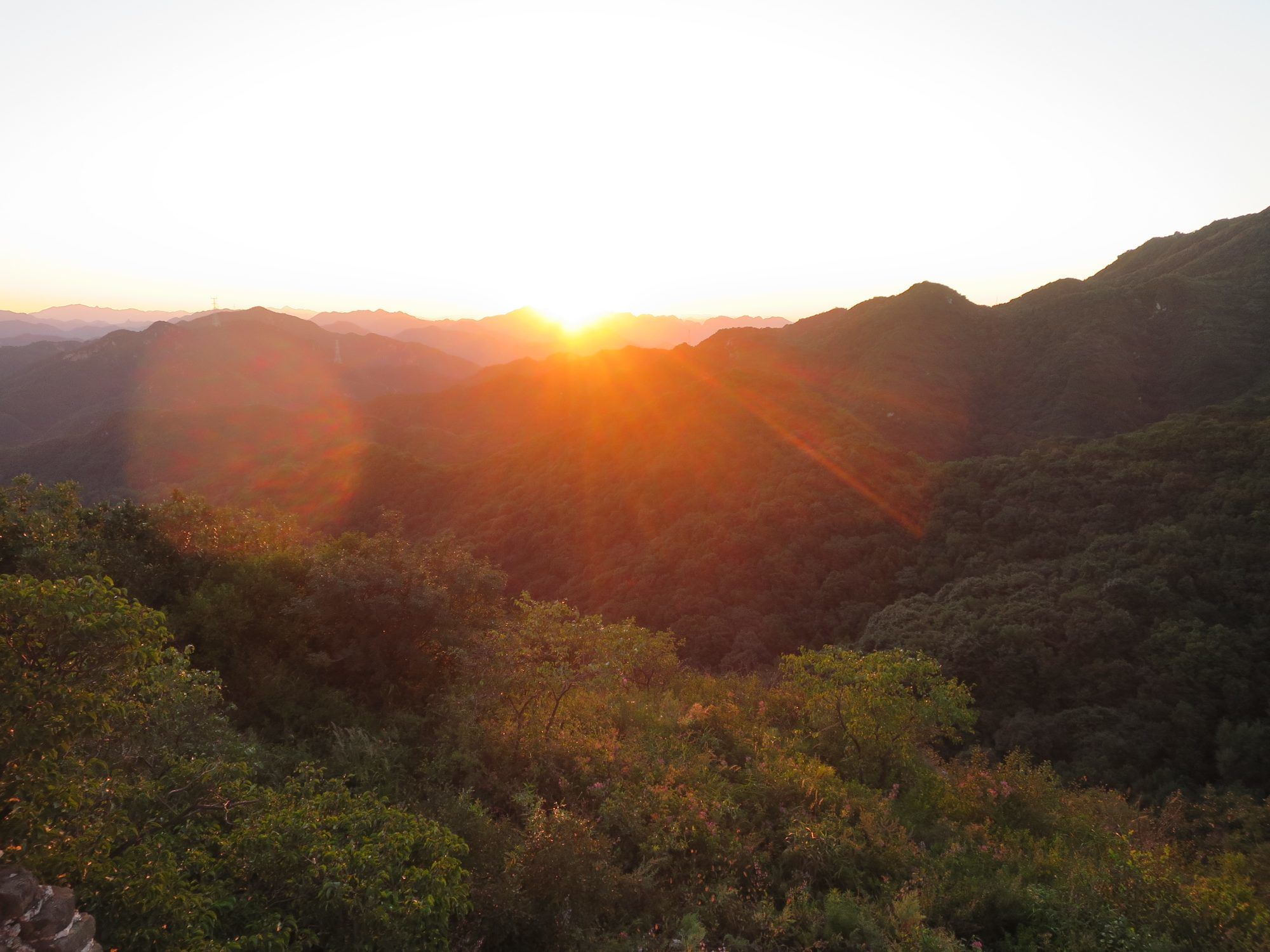
By 06:30, the camp was packed up and we began trekking down back to the farm to drop off the camping equipment and get the bus back to the hostel in Beijing.
As it’s still early, we’re unable to check into the hostel, so before we get there, we stop off and visit the Olympic Park and the ‘birds nest stadium’. Sadly we weren’t able to get inside the stadium but the grounds are pretty impressive.
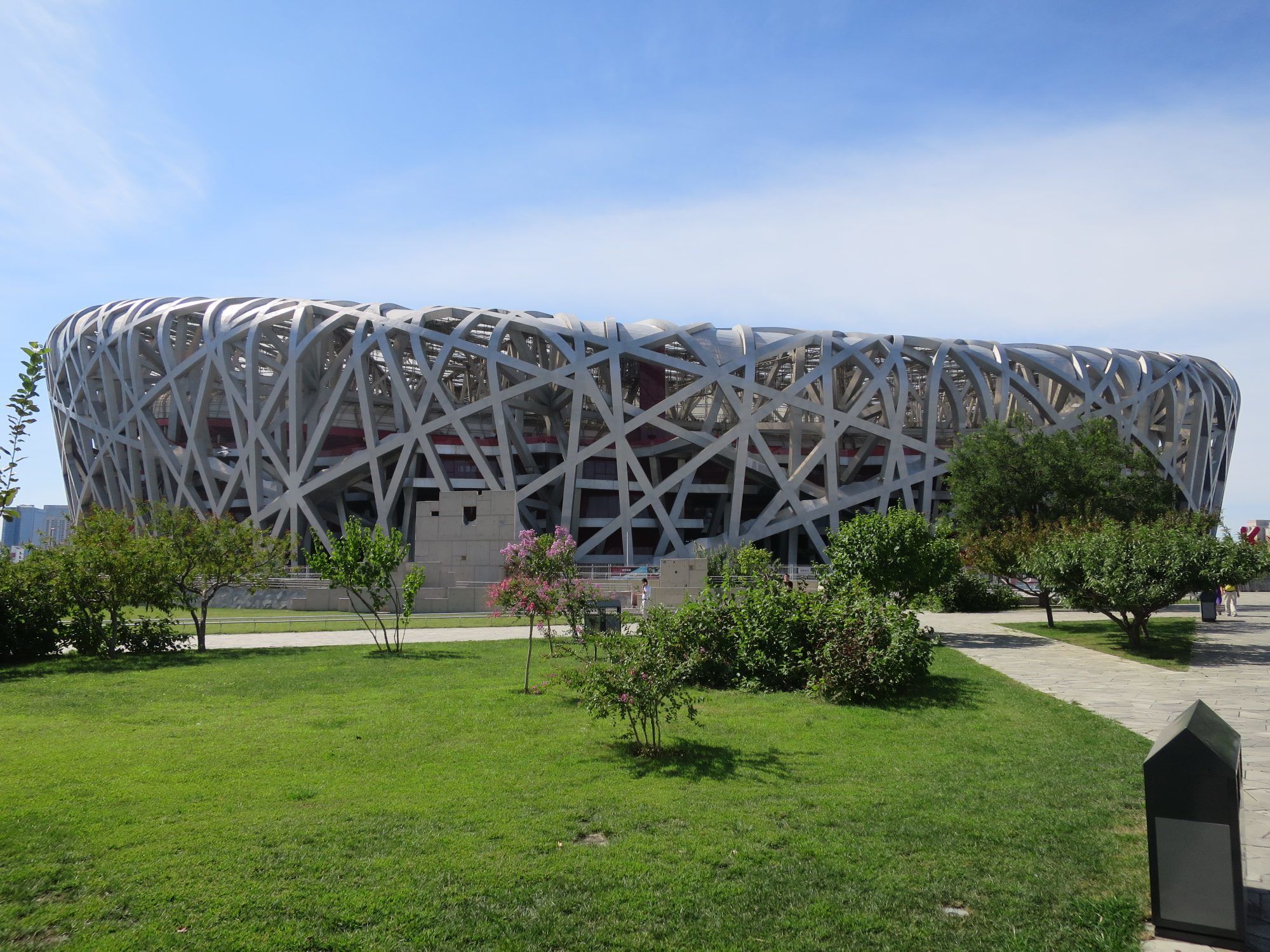
Back to the hostel for a shower and change then it’s off to see Tiananmen Square, made famous by the student protests in 1989 when the government decided to send in the military tanks to remove the protesters. However most Chinese citizens know this area as the seat of Chinese government, nothing much about the 1989 protests. Unfortunately due to a trade conference today, security was extra tight and we weren’t able to access the square itself. Opposite though, was the Forbidden City which shows the portrait of Chairman Mao.
There are 4 gates to go through before you get to the palace. It’s the largest palatial complex in the world and has seen 24 Chinese Emperors. It is so vast and has so many rooms, that if a child were born and spent one night in each room, by the time it had slept in each room once, it would be 27 years old.
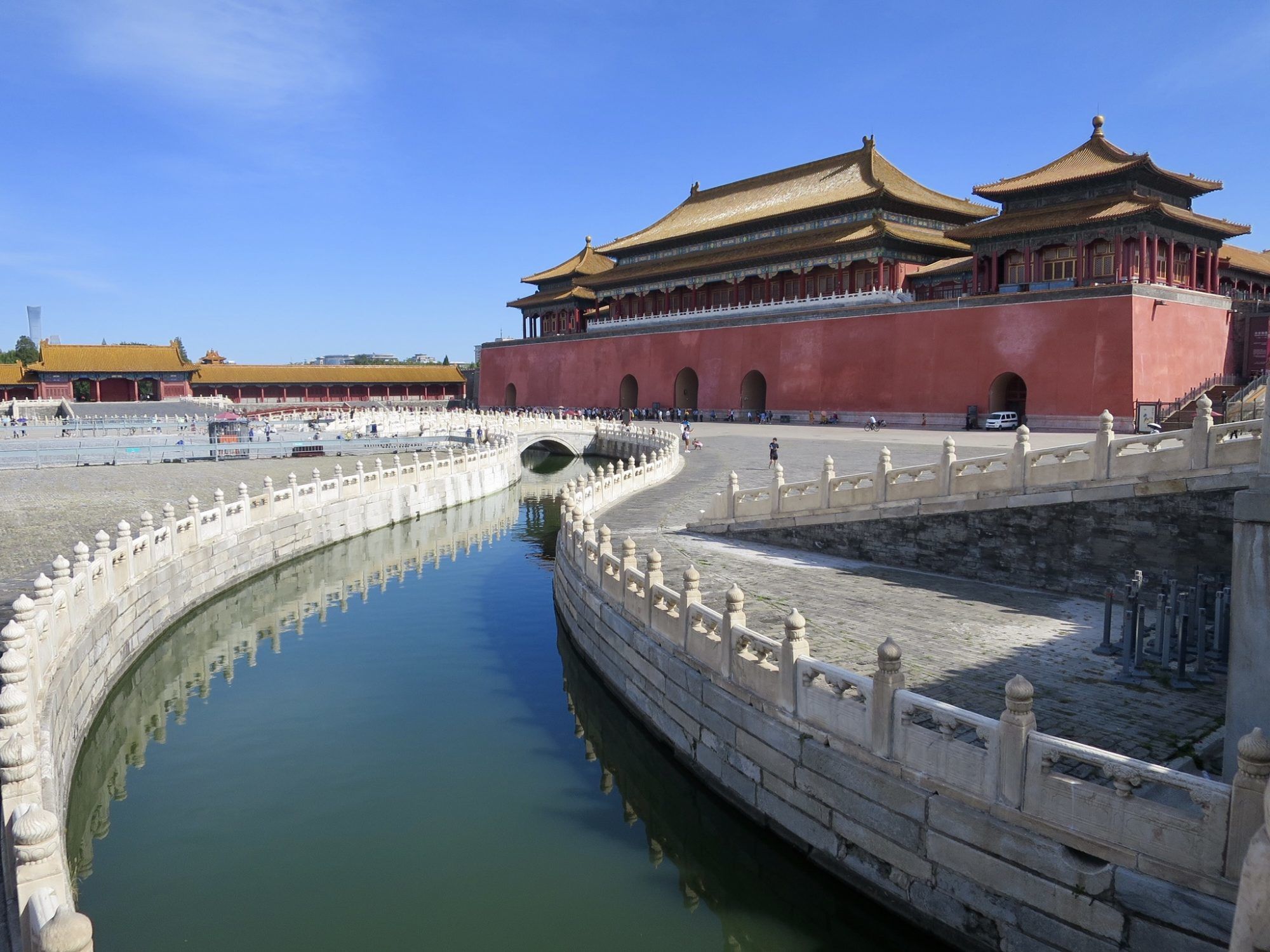
Clearly we didn’t have enough time to explore the whole thing but the buildings were well preserved and the gardens in Jingshan Park are so manicured. It was a great opportunity to climb to the top for a birds eye view over the Forbidden City, Temple of Heaven and Tiananmen Square.
In the evening Suzy took us to a local restaurant for Beijing duck, like crispy duck pancakes we’re used to in Chinese restaurants back home. It felt really special as we had a private room to ourselves and it only cost 65 Yuans (about £6).
Next morning had a quick explore in the historic district of Nanluo which was just one stop on the metro (3 Yuans / 30p) has narrow streets, lots of shops selling handicrafts as well as having a few bars and cafes. Again, it was enjoyable to wonder around at leisure, unhindered. Afterwards and 5 stops on the metro, only 5 Yuans, visited the Temple of Heaven, the largest complex of Heaven worship in the world and where ancient sacrifices were made to ensure a bountiful harvest.
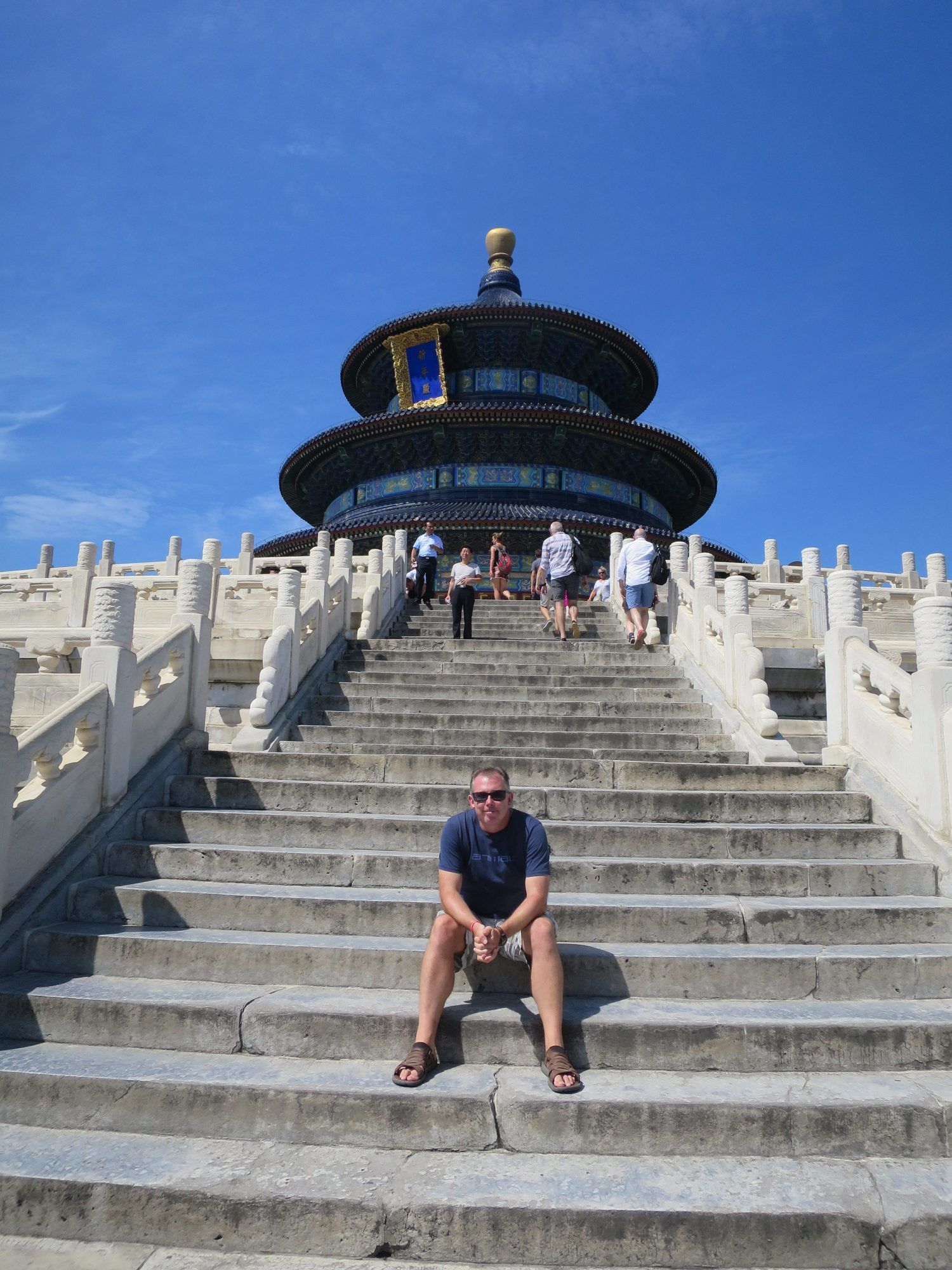
Now catching another night train to Hangzhou and then heading to Moganshan mountain, famed for its bamboo forests.


